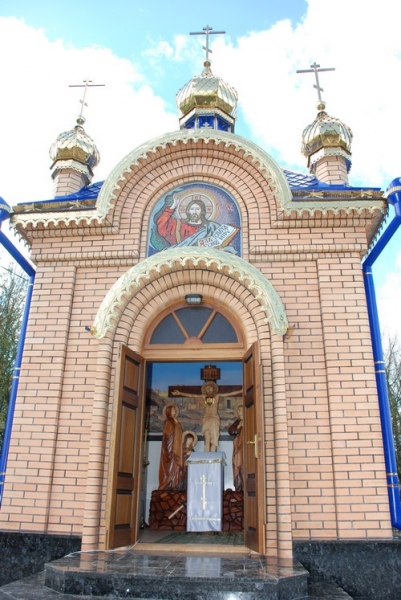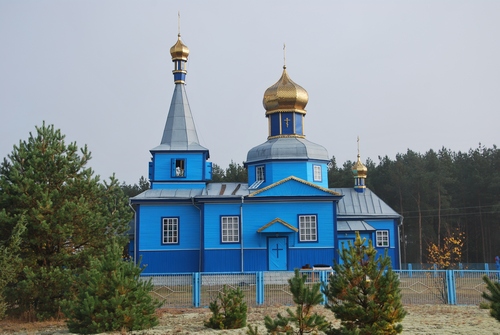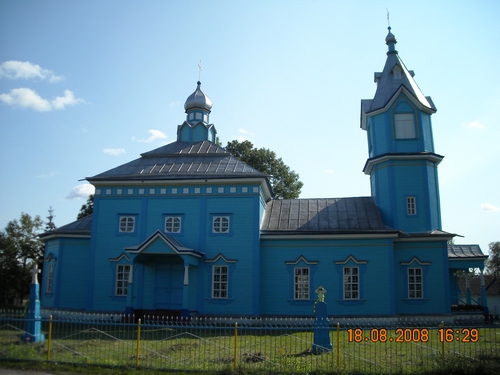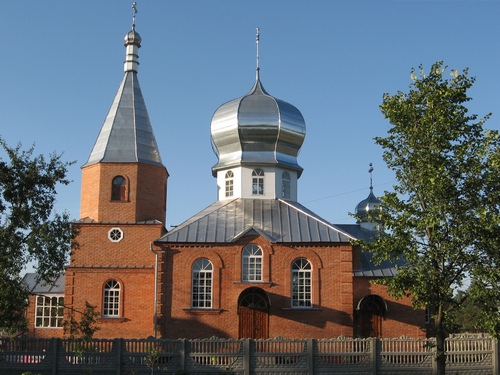Symbols have been integral to human culture for millennia, serving as visual representations of values, achievements, and identities. From ancient banners to modern logos, symbols influence our perceptions and feelings, often acting as catalysts for confidence and unity. Understanding their psychological impact helps us harness their power to motivate individuals and groups alike.
Table of Contents
- Introduction: The Role of Symbols in Shaping Confidence and Morale
- Historical Perspectives on Symbols as Confidence Boosters
- The Psychological Power of Symbols in Modern Contexts
- Symbols and Achievement: Connecting Repeated Success to Self-Confidence
- The Function of Symbols in High-Pressure Environments
- Case Study: Maximus Multiplus as a Modern Symbol of Confidence
- The Non-Obvious Power of Symbols: Beyond the Obvious
- Practical Strategies for Using Symbols to Enhance Morale in Various Settings
- Conclusion: Harnessing the Power of Symbols for Lasting Confidence and Morale
1. Introduction: The Role of Symbols in Shaping Confidence and Morale
Symbols are powerful visual tools that encapsulate shared values, identities, and accomplishments across cultures. Universally recognizable—such as flags, emblems, or sacred objects—they evoke emotional responses that can bolster individual and collective confidence. When people see a familiar symbol, it often reinforces their sense of belonging, purpose, and resilience.
The psychological impact of symbols extends beyond mere recognition. They activate subconscious associations rooted in personal or cultural history, often inspiring action or perseverance. For example, a national flag can spark feelings of pride during adversity, while a corporate emblem may reinforce trust in a brand’s reliability. Together, these symbols serve as motivational anchors and unifying elements that elevate morale.
How Symbols Function as Tools for Motivation and Unity
In organizational settings, symbolic objects like badges, logos, or rituals foster a sense of identity and belonging. They act as tangible reminders of shared goals, encouraging persistence and teamwork. For instance, military insignia not only signify rank but also embody values like honor and resilience, motivating personnel to uphold high standards even under pressure.
Historically, symbols have been employed to inspire courage and unify groups during crises, wars, or significant societal changes. Their universal appeal lies in their ability to transcend language barriers, making them potent tools for fostering collective confidence.
2. Historical Perspectives on Symbols as Confidence Boosters
Ancient Examples: Gladiator Banners, Armor, and Heraldic Symbols
In ancient civilizations, symbols played a crucial role in warfare and societal hierarchy. Gladiators in Roman arenas often bore banners and insignia representing their city-states or sponsors, which fostered pride and a fighting spirit. Their armor and crests served as personal symbols of identity, boosting confidence amidst perilous combat.
Victory Symbols in Roman Gladiatorial Combat
Victory symbols, such as laurel wreaths or special banners, signified triumph and granted social recognition. Gladiators who secured repeated victories could earn their freedom—a symbolic achievement that transformed their status from enslaved combatants to celebrated heroes, profoundly boosting morale and societal respect.
Use of Symbols in Ancient Rituals to Reinforce Morale
Ancient cultures utilized ritualistic symbols—sacred objects, chants, or ceremonial attire—to reinforce group cohesion. These symbols created a shared sense of purpose, empowering individuals to face collective challenges with confidence and unity.
3. The Psychological Power of Symbols in Modern Contexts
How Symbols Influence Mindset and Perception Today
Research shows that symbols can shape self-perception and expectations. For example, athletes wearing team colors or emblems often experience heightened motivation and confidence—a phenomenon supported by studies indicating that visual cues activate brain regions associated with reward and motivation.
Case Studies: Sports Teams, Military, and Corporate Branding
Successful sports teams frequently adopt distinctive logos and rituals—think of the iconic Nike swoosh or the NFL’s Super Bowl banners—that serve as rallying points. Similarly, military units employ insignia that symbolize honor, resilience, and shared identity—elements crucial for morale during crises. Corporations leverage branding symbols to foster consumer trust and loyalty, as seen with brands like Apple or Coca-Cola.
Role of Symbols in Resilience and Perseverance
Symbols can sustain morale during adversity. For instance, national flags or emblems can inspire resilience, helping individuals persevere through hardships. Psychological studies confirm that visual symbols activate emotional centers, promoting a sense of purpose and collective strength.
4. Symbols and Achievement: Connecting Repeated Success to Self-Confidence
The Concept of Symbolic Victories
Achievements are often represented through symbols—titles, awards, or recognitions—that serve as external validation. These symbols act as concrete markers of success, reinforcing self-belief and motivating continued effort.
Historical Examples: Gladiators Earning Freedom
In ancient Rome, gladiators who achieved repeated victories could earn their freedom—an ultimate symbolic achievement. This status transformation significantly boosted their morale, transforming them from slaves into free citizens, illustrating how repeated success builds confidence.
Modern Parallels: Certifications, Awards, and Recognition
Today, earning certifications, medals, or professional awards functions as symbolic proof of competence. These markers enhance individual confidence and reputation, encouraging ongoing development and perseverance.
5. The Function of Symbols in High-Pressure Environments
Colosseum Events as Symbolic Challenges
Historically, events like wild beast hunts or gladiatorial duels represented symbolic confrontations with danger. Facing these threats tested courage and resilience, reinforcing group identity and individual confidence in the face of adversity.
Boosting Morale through Symbolic Threats
Engaging with symbolic threats—such as mock battles or simulated crises—can elevate team cohesion. These acts create shared experiences that prepare groups psychologically for real challenges, fostering a mindset of resilience.
Overcoming Fear via Symbolic Acts
Symbolic acts like rituals or symbolic gestures—such as raising a flag before a challenge—can help individuals confront fears and build confidence. These acts serve as psychological anchors that remind participants of their strength and purpose.
6. Case Study: Maximus Multiplus as a Modern Symbol of Confidence
Introducing Maximus Multiplus
In today’s competitive environment, brands that embody resilience, excellence, and perseverance serve as modern symbols inspiring confidence. LUSH















